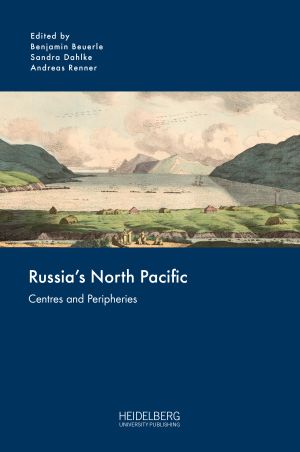Zitationsvorschlag
Lizenz (Kapitel)

Dieses Werk steht unter der Lizenz Creative Commons Namensnennung - Weitergabe unter gleichen Bedingungen 4.0 International.
Identifier (Buch)
Veröffentlicht
9 Poison Money: The Chinese Ruble Zone in War and Revolution
Abstract Before 1917, Russia’s imperial expansion into Inner and Northeast Asia drew large parts of the region together in a “ruble zone.” A combination of tsarist monetary policy and grassroots commercial exchange allowed the ruble to dominate Xinjiang and Manchuria and displace Chinese currencies. Following the Russian revolutions and Civil War, however, currency mismanagement and the precipitous devaluation of the ruble severely undermined its viability. This chapter explores how the post-revolutionary currency chaos fed into long-standing Chinese grievances about Russia’s economic imperialism, the growing rights-recovery movement, and wider questions about how modern states should organise their currency regimes.






